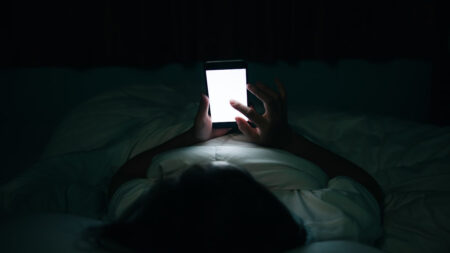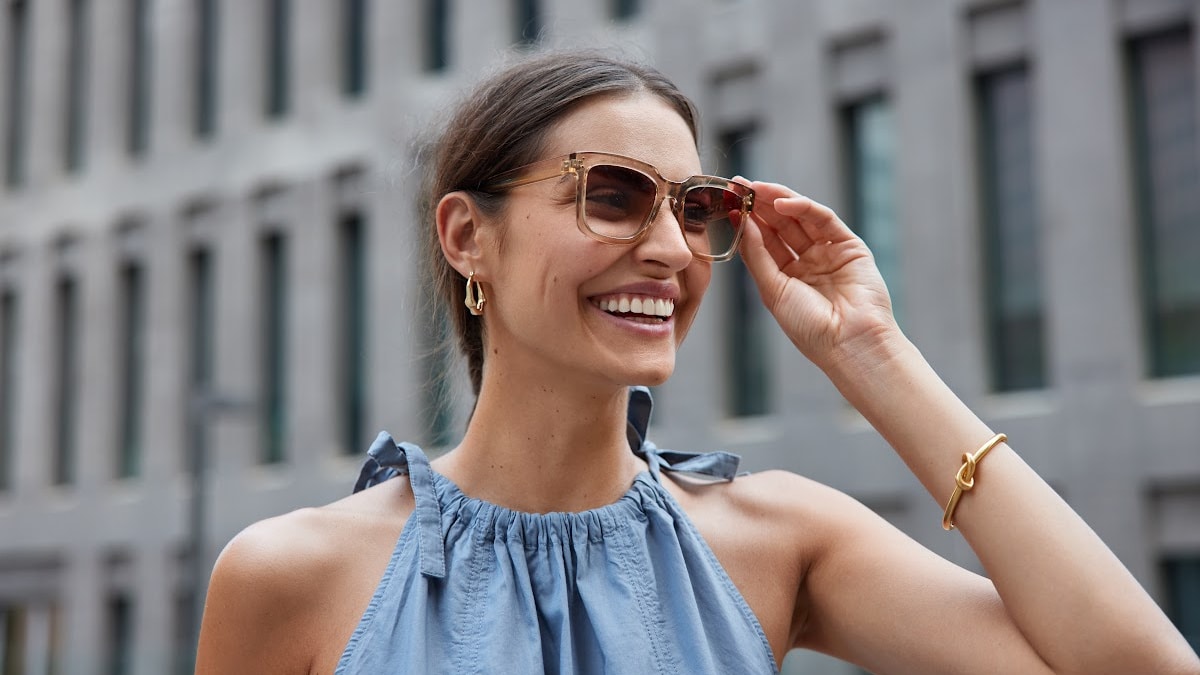
Americans’ alcohol consumption rates today look a lot like they did in 1939. Men’s Journal reported on a Gallup poll of adults across all fifty states, and it found that more than six in ten, or 65%, drink alcohol. Meanwhile, the number of nearsighted Americans has ballooned to 41.6% of the population, and nearly 20 million suffer from age-related macular degeneration (AMD). Given these numbers, it’s safe to say that there is an overlap between alcohol drinkers and those with ocular conditions. However, in terms of drinking and eyesight, does correlation equal causation? And can leaving alcohol behind create room for eye health recovery?
The link between alcohol and vision
According to the Gallup poll, individuals aged 35 to 54 are the demographic most likely to drink at 66%, followed by those aged 55 or older at 61%. As it happens, these age groups are also the most susceptible to progressive vision issues. For instance, a nationwide cross-sectional study pins the prevalence of cataracts at ages 40-59 at 56.1%. This rises sharply to 74.2% by age 60. Meanwhile, age-related macular degeneration (AMD) is the leading cause of blindness in adults over 55. Research suggests these links are not coincidences; an Optometry and Vision Science study found heavy alcohol consumption, or more than two standard drinks daily, was associated with an increased risk of age-related cataracts. This is because drinking too much may produce free radicals in the liver. These cause oxidative stress and trigger the aggregation of lens proteins, which is known to result in cataract formation.
Meanwhile, a Journal of Ophthalmic Research review noted that consuming 30 grams or more of alcohol a day was associated with a higher risk of early AMD by up to 67%. It’s not just serious eye issues that alcohol is associated with either. A ten-year study of over 15,642 individuals found that increasing alcohol intake was associated with increased myopia progression. Specifically, an increase of just 10 grams of alcohol in regular consumption can increase myopia risk by 5%. There are also much shorter-term implications: alcohol can slow the pupils’ reaction time and the processing of visual cues. This can affect depth perception and visual acuity. Now that we know alcohol can literally affect the eyes, here is what you can do to help improve your vision after quitting.
Eye Tips for Those in Recovery
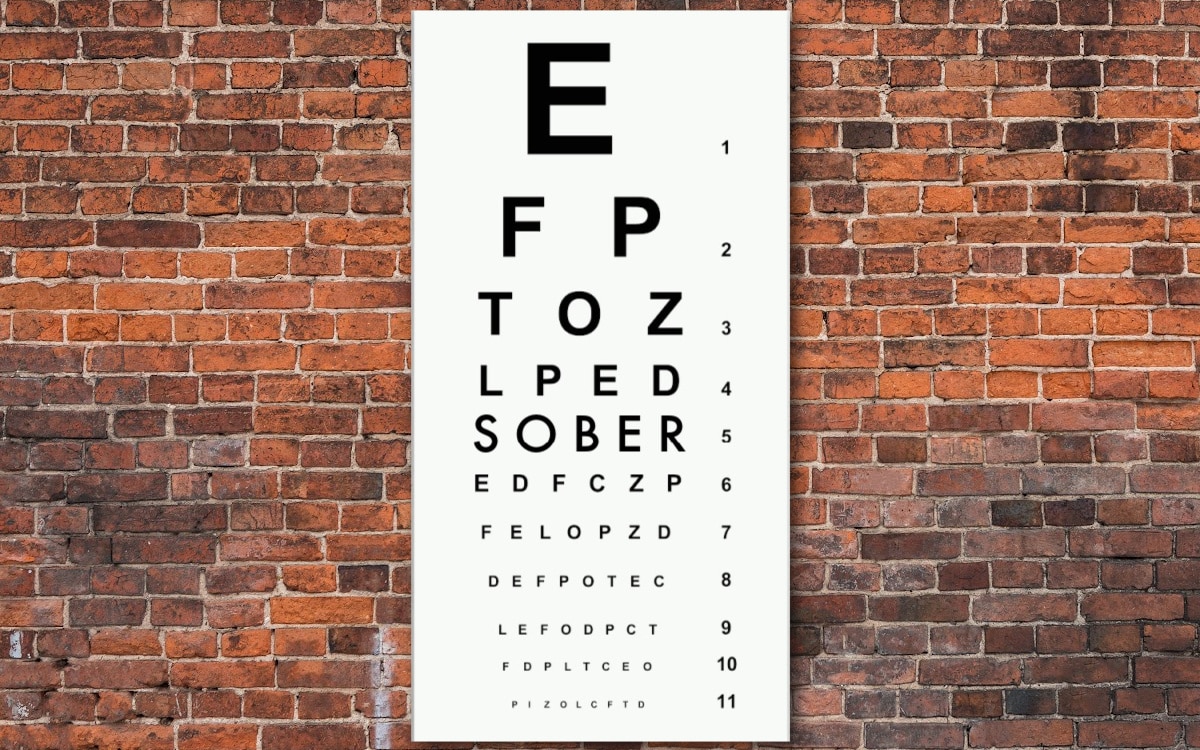
Eye Exams
According to the American Academy of Ophthalmology, 64% of American adults experience blurry vision or reading difficulties. Yet, only 13% go for an eye exam. These tests are vital for those in recovery so they can get a baseline idea of their eye health since getting sober. Regular eye exams help assess vision changes and may prompt adjustments in treatment plans, helping your doctor determine if corrective aids are needed. The earlier alcohol-related eye issues are identified, the higher the chance of correction before they progress to severely impaired or lost vision. While eye exams are available in most optical clinics, establishments like Target and LensCrafters let you conveniently book an exam online.
Corrective Eyewear
The next step is investing in the correct aids. Recently sober individuals may struggle with vision-related withdrawal symptoms like nausea and headaches—which can be exacerbated by heavy, ill-fitting glasses. Thus, choosing lightweight but durable specs is ideal. To illustrate, eyeglasses from Ray-Ban come in various materials like metal and synthetic plastic that eliminate bulk without compromising integrity. They also come in different styles to accommodate lens prescriptions. For instance, those who need progressives can try the Ray-Ban Aviator Optics, as these have slimmer frames with a large field of vision to suit the prescription gradient. Meanwhile, those in recovery whose eye issues are temporary may choose to invest in eye strain-friendly lenses like those from GUNNAR Optiks. The brand’s Year of the Dragon eyewear collection is made to address issues like headaches and blurry vision. This can resolve any minor vision issues while waiting for the alcohol’s short-term effects to wear off.
Proper Nutrition
Alcohol changes how your body metabolizes Vitamin A, impacting tear production quality. A study of over 1,800 people also found that drinkers had lower levels of beta-carotene, which is needed to create Vitamin A. During recovery, restoring these levels for enhanced eye health is crucial. As we’ve discussed, nutrition is more than just calories; the quality of your food is important. For Vitamin A, turn to carrots, sweet potatoes, spinach, kale, and cantaloupe. Citrus fruits, strawberries, and bell peppers can help absorb Vitamin A and support collagen production for healthy eye tissues. Finally, previous alcohol consumption may have led to dehydration and, thus, dry eye. Increased water intake can help increase tear production and restore overall hydration.
With the above tips, the health of your eyes can reflect your renewed, alcohol-free perspective on life.
Contributor: Jessica Bibi
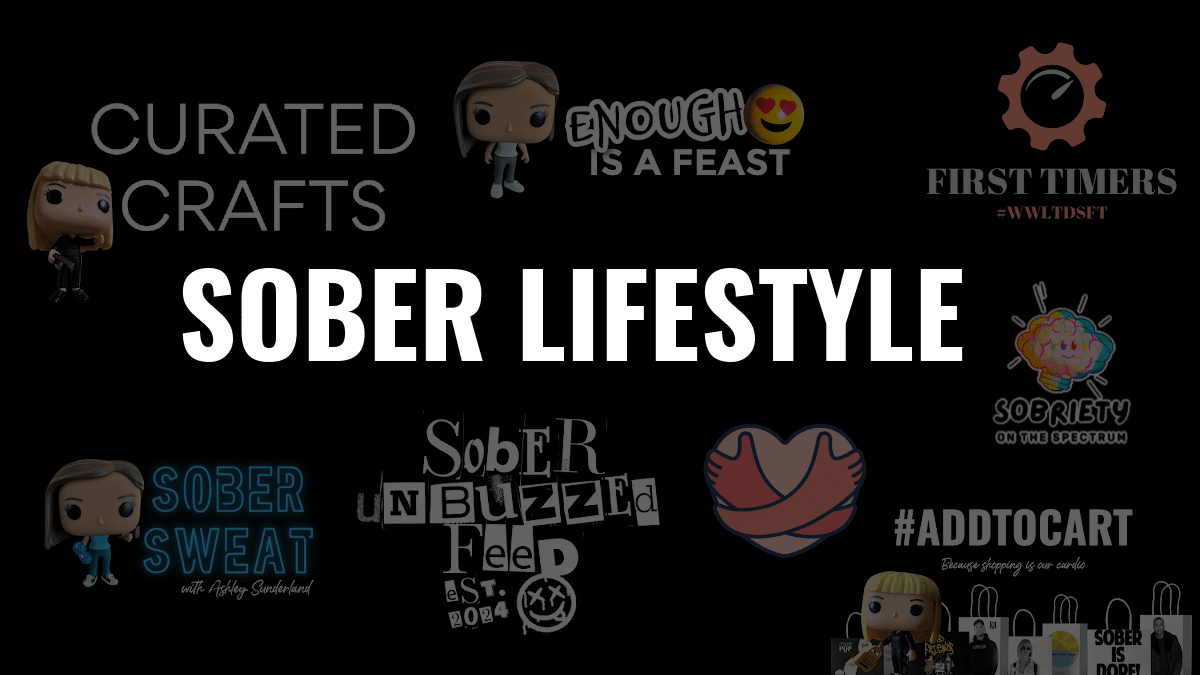
SOBER LIFESTYLE: Riding the sober lifestyle wave? You’re in good company! We’re on a mission to shatter the clichés around addiction, proving that sober is far from dull. We’re your go-to source for upbeat content that celebrates living life in high definition, sans alcohol. Our lifestyle section? Consider it your ultimate hub for all things sober-awesome. Because who says you need a drink to have a good time? Not us!
SOBER LIFESTYLE COLUMNS:
#ADDTOCART features unique sobriety gifts, swag, products, and miscellaneous merch we adore. Plus, we love discovering and featuring small businesses founded by people in recovery.
BREAK FREE FOUNDATION advocates to end the stigma of mental health, co-occurring disorders, and substance use disorders for those to and through recovery.
CURATED CRAFTS will give you fun and easy ideas to keep your hands and your mind busy. Art therapy is good for the soul!
Are you a Sober Foodie? ENOUGH IS A FEAST by Sober Curator Contributor & Wellness Guru Megan Swan covers healthy, and sometimes lazy recipes and mindful eating tips that align with your alcohol-free lifestyle.
FIRST TIMERS Sober Curator Contributor Megan Wright is the purveyor of the philosophy “When Was the Last Time You Did Something for the First Time?”
LAUGHING WITHOUT LIQUOR Sober Curator Contributors Tamar Medford and Lane Kennedy will show you how to laugh your way to a booze-free lifestyle.
SOBER SWEAT with Sober Curator Contributor Ashley Sunderland will pump you up! Here, you will find quick workouts and nutrition tips that are too legit. (Too legit to quit!)
SOBER UNBUZZED FEED is a collection of 24 Lists, each featuring 24 inspiring ideas, actions, and motivations to guide you toward being your best sober self in 2024.
SOBRIETY ON THE SPECTRUM is a guide to recovery, twelve steps, and otherwise, for and about #ACTUALLYAUTISTIC alcoholics
YOU’VE BEEN SELECTED Sober Curator Contributor Kate Vitela has been an RN in Pacific Northwest for over two decades and sober since 2018. You’ve Been Selected is a column that describes her journey through addiction, eating disorders, and what is now known as Drunkorexia.
WALK YOUR TALK with Sober Fashionistas Kate Vitala, Harley Skorpenske, and Alexandra Nyman. This section celebrates fashion and the role it plays in our recovery. Getting ready for life can be just as fun, if not more fun, now that we’re sober…because drunk never looks good.
WELLNESS AS A WAY OF LIFE: Wellness Coach and Sober Curator Contributor Megan Swan will help you master your health and wellness routines as a way of life. This podcast is for ambitious women who are looking to live with more sustainable energy, confidence, mental clarity and ease.
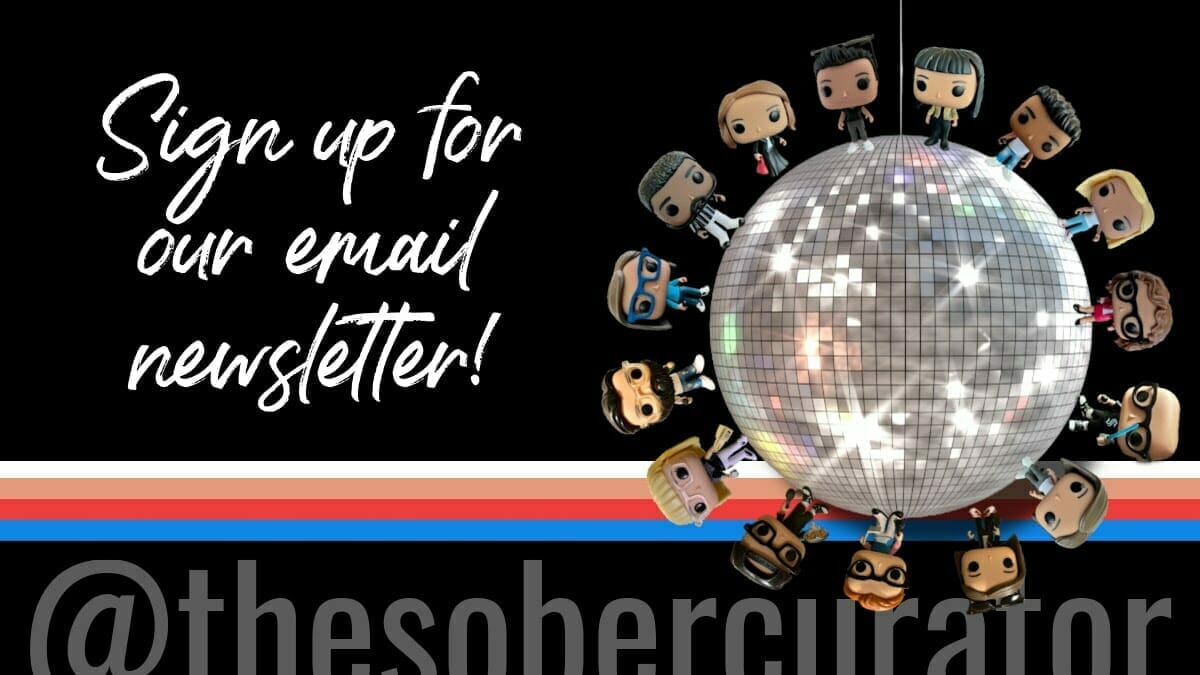
Resources Are Available
If you or someone you know is experiencing difficulties surrounding alcoholism, addiction, or mental illness, please reach out and ask for help. People everywhere can and want to help; you just have to know where to look. And continue to look until you find what works for you. Click here for a list of regional and national resources.
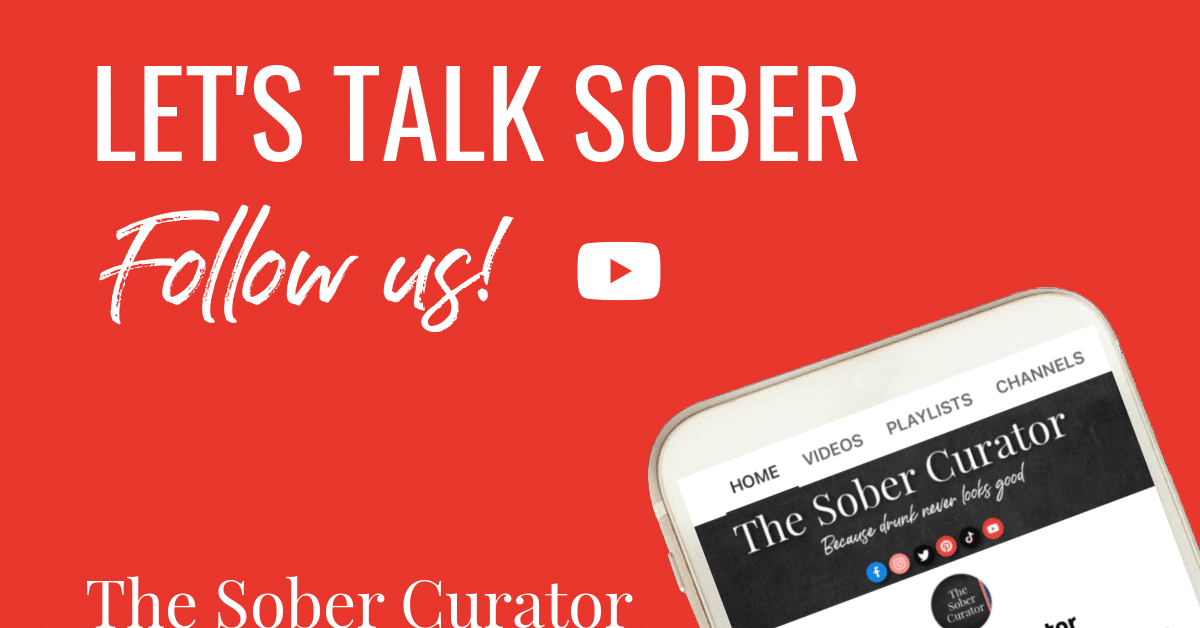
*This is a Collaborative Post





